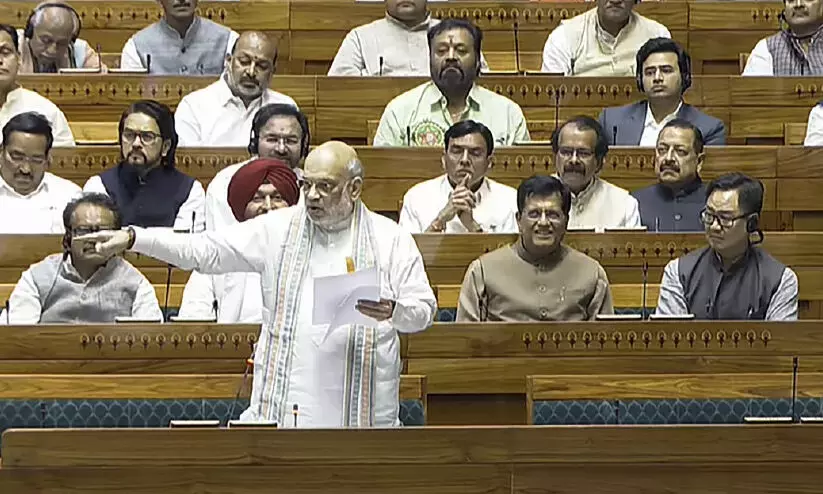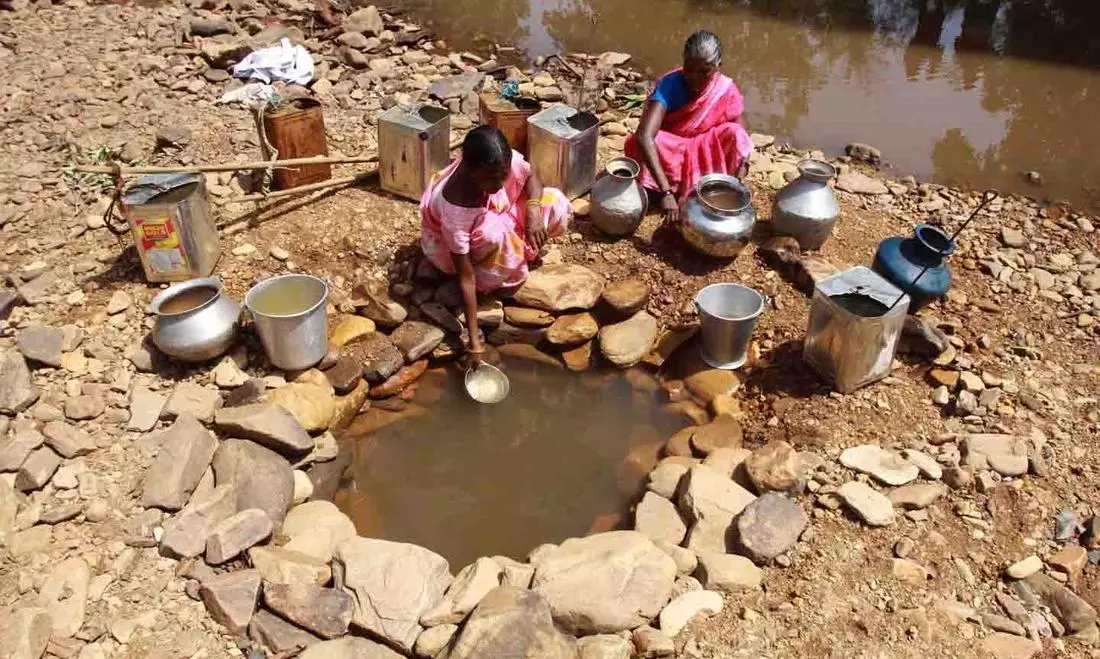
Kerala water crisis: Study reveals 12% of wards facing acute shortages
text_fieldsRepresentational Image.
Thiruvananthapuram: Nearly 12% of Kerala’s total wards experience acute water stress during peak summer months from March to May, according to a new study conducted by multiple organizations in the state.
The worst-affected districts include Thiruvananthapuram, Kozhikode, and Pathanamthitta, where nearly 20% of the wards face severe water shortages. The study found that out of Kerala’s 21,908 wards, 2,567 suffer from extreme water scarcity, with a significant rise in daily water consumption compared to previous years. However, the availability of reliable water sources remains limited.
This first-ever ward-wise study on water stress was initiated by the Kerala State Council for Science, Technology, and Environment and jointly conducted by the Institute for Climate Change Studies, the Kerala Forest Research Institute, and the Centre for Water Resources Development and Management. Researchers analyzed water consumption patterns, climate trends, and community-level feedback to assess the situation.
The study highlights a concerning decline in Kerala’s rainfall patterns over recent decades. Despite being a high-rainfall state with an annual average of over 3,000 mm, Kerala has been receiving below-normal precipitation. The southwest monsoon, which provides nearly 70% of the state's annual rainfall between June and September, remains the primary rainy season, supplemented by the northeast monsoon from October to December.
According to researchers, key factors contributing to the water crisis include erratic rainfall, prolonged dry spells, early summer onset, rising salinity levels, and the drying up of water sources. These challenges are particularly severe in urban and hilly areas, where meeting even basic water needs has become difficult.
The joint study recommends planned interventions in identified water-stress hotspots to improve water management. The findings will be submitted to the state government for implementing necessary mitigation measures.






















